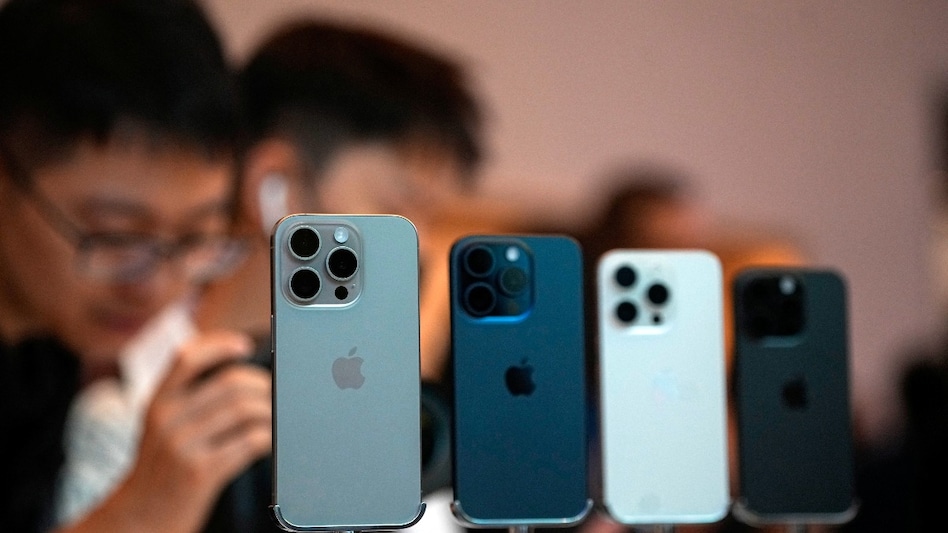 Apple iPhone 15 Pro
Apple iPhone 15 Pro Apple iPhone 15 Pro
Apple iPhone 15 ProIn a bid to bolster user security, the latest update for iOS 17.3 brings forth a noteworthy feature: Stolen Device Protection for iPhone. This addition aims to protect of accounts and personal information, particularly when the device is beyond its familiar territories like home or workplace, reducing the risk of compromise in case of theft.
Once activated, Stolen Device Protection imposes heightened security measures for certain features and actions when the iPhone is outside recognised locations. This added layer of security ensures that even if a thief gains access to the device's passcode, critical changes to accounts or the device itself remain inaccessible.
Among the security enhancements are the implementation of Face ID or Touch ID biometric authentication for specific actions such as accessing stored passwords and credit cards. This not only adds an extra layer of protection but also restricts access solely to the device owner. Additionally, a Security Delay protocol is introduced, necessitating an hour-long wait and a secondary Face ID or Touch ID authentication for actions like changing the Apple ID password.
In the unfortunate event of an iPhone being stolen, the Security Delay serves as a strategic deterrent, hindering unauthorised individuals from executing critical operations. This feature provides users with a window to mark their device as lost and secure their Apple account promptly. Detailed guidance on what to do if an iPhone is lost or stolen is also provided.
The Stolen Device Protection is context-sensitive, with additional security steps required only when the iPhone is not within familiar locations, including the home, workplace, and other regular usage areas. In familiar settings, users can continue using their device passcode as usual.
Stolen Device Protection must be enabled on iOS 17.3 beforehand. The activation process involves setting up two-factor authentication for the Apple ID and configuring the device with a passcode, Face ID or Touch ID, Find My, and Significant Locations.
To enable or disable Stolen Device Protection, users can navigate to Settings, access Face ID & Passcode, enter their device passcode, and toggle the feature accordingly. However, attempting to turn off this protection in an unfamiliar location triggers a security delay, emphasising the importance of deactivating the feature before selling, giving away, or trading in the iPhone.
With Stolen Device Protection active, certain actions demand additional security measures when the iPhone is not in a familiar location. These include Face ID or Touch ID authentication for tasks such as using saved passwords, turning off Lost Mode, erasing content, applying for a new Apple Card, and more. The Security Delay feature also comes into play for critical changes like updating the Apple ID password, signing out, or modifying security settings.
Also Read
Apple Vision Pro headset pre-orders and availability announced: See dates and more details
Apple expands ‘Find My’ network limit to 32 devices; quick guide on how to use it
For Unparalleled coverage of India's Businesses and Economy – Subscribe to Business Today Magazine